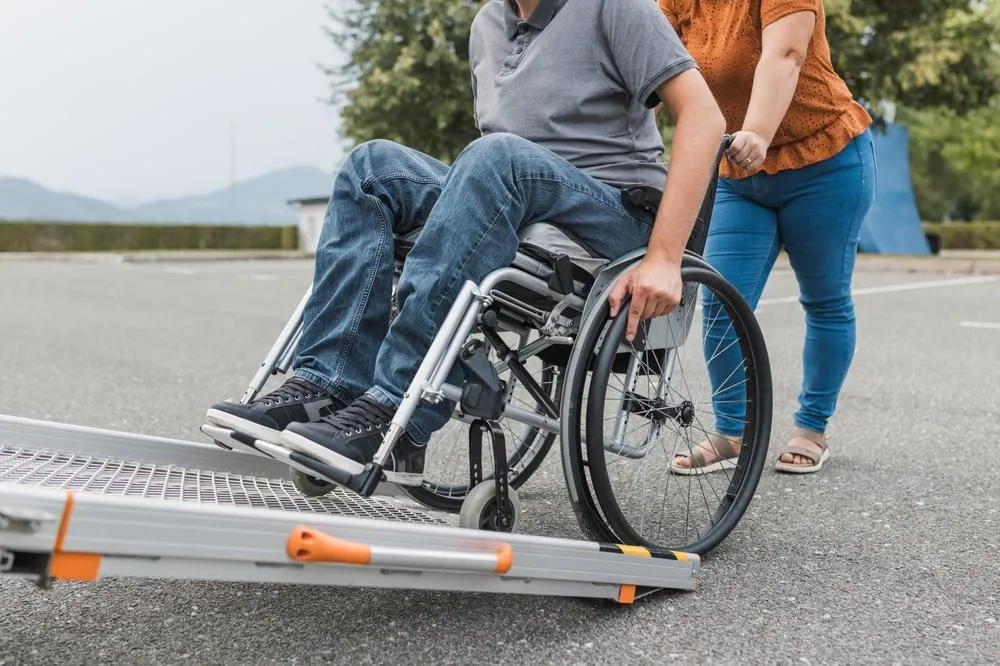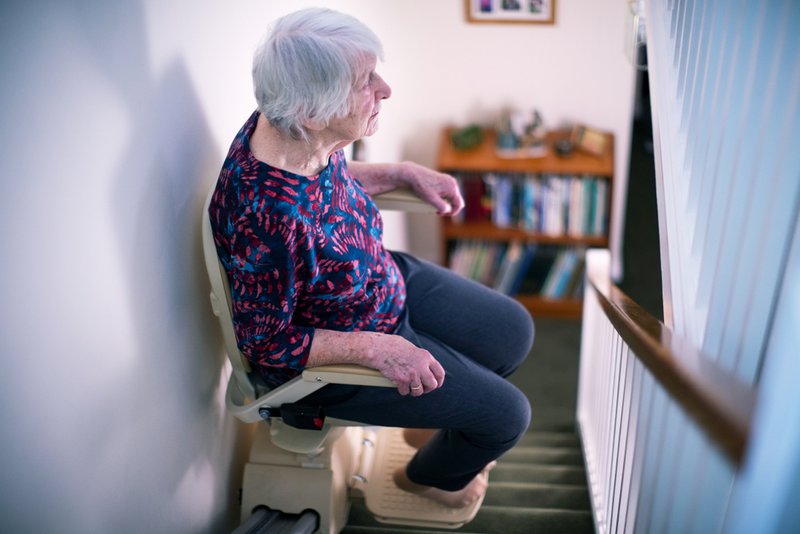
Innovations in Transfer Aids for Wheelchair Users at Home
Effective transfer aids significantly enhance independence, safety, and comfort for wheelchair users and their families. Home-optimized solutions reduce physical strain, facilitate smoother transitions, and support consistent daily routines. Modern transfer technologies now fit seamlessly into residential settings while providing professional-grade support. Well-chosen transfer aids promote dignity and lessen caregiver burden in home environments.
Planning and careful selection help match transfer aids to individual mobility needs and home layouts. Innovations now address challenges in moving between chairs, beds, vehicles, and bathrooms. Discover these transformative tools that improve the quality of life for wheelchair users at home.
1. Bathroom Safety and Assistive Transfer Aids
Safety in the bathroom is a significant concern for wheelchair users adopting transfer aids to navigate wet or slippery surfaces. Grab bars mounted near toilets, showers, and tubs provide stable handholds during transfers. Swing-out grab bars add flexibility without obstructing the area when not in use. Rails should be anchored into studs for durability and confidence during weight-bearing use.
Textured finishes and ergonomic shapes reduce slippage and support grip, even when wet. Handrails at multiple heights accommodate seated and standing transfers for various users. Combining horizontal and vertical rails forms a secure support structure for changing positions. Ensuring proper placement minimizes effort and enhances safe bathroom mobility.

Transfer benches and shower chairs complement grab bars as part of bathroom transfer aid systems. Seats align with toilet or tub heights to reduce vertical transfer effort. Integrated backrests and handles help maintain user stability during movement. Pairing seating with grab bars completes a safer, accessible hygiene environment.
Regular inspection ensures rails, bars, and seats remain stable and rust-free. Tightening mounting hardware improves longevity and prevents accidents. Pressure tests simulate load-bearing forces, confirming reliability. Together, bathroom assistive equipment forms the foundational element of home transfer safety.
2. Slide Board Innovations
Slide board transfer aids have evolved to provide comfort and safety during transfers at home. Boards with curved edges, cushioned surfaces, and anti-slip finishes allow smooth movement. Side flanges help maintain alignment between surfaces. Lightweight folding designs make them easy to store and transport.
Built-in handles provide steady grips for both caregivers and users. Boards fold down to fit next to beds, recliners, or car seats. Composite materials offer stability without excess weight. Improved ergonomics in transfer boards reduce friction and user fatigue.
Some boards feature hinges or telescopic sections to adjust length for different chair heights. Personalized sizing enhances support across various transfer scenarios. Easy-to-clean finishes and antimicrobial surfaces support hygiene. Modern slide boards are versatile, portable, and user-focused.
Training on board placement angle and transfer technique ensures safe use. Demonstrations help caregivers position boards to minimize strain. Knowing proper weight-bearing directions supports handler confidence. Slide boards remain among the most reliable and practical home transfer aids.
3. Hydraulic Transfer Aids for Residential Use
Hydraulic transfer aids using portable lifts help with bed, chair, and bathroom transfers in the home setting. Manually pumped hoist systems elevate users with minimal caregiver effort. Portable frames fit alongside beds and chairs and fold for storage. Wheels with locking brakes ensure stability during movement.
Powered models use battery-powered hydraulics and lift users with a hand-held control. Gentle elevation prevents jarring during transfers. Lifts fit through standard doorways, requiring no home modifications. These systems reduce physical risk for caregivers.
Slings come in various shapes—universal, full-body, and sit-to-stand styles—to match user needs. Moisture-resistant fabrics and washable slings support hygiene efforts. Sling attachments are quick-release for convenience. Hydraulic lifts combine practicality, safety, and ease of care.
Routine maintenance includes checking fluid levels, sling integrity, and wheel function. Proactive servicing supports durability and ensures user confidence. Hydraulic lifts provide significant care support during regular daily tasks. These aids are ideal for permanent or temporary home care environments.
4. Stair Lifts as Safe Transfer Aids for Home Use
Stair lifts function as reliable transfer aids that enable individuals with limited mobility to safely navigate multi-level homes. Installed along staircases, these motorized chairs carry users smoothly up or down with minimal effort. Remote controls, swivel seats, and safety sensors are standard features that ensure a secure and comfortable ride. Stair lifts reduce fall risks and eliminate the need to avoid upper floors altogether.
Installation requires assessment of staircase dimensions and structure, which ensures the lift system fits properly and operates smoothly. Both straight and curved rail configurations are available to match the layout of different homes. Foldable seats and footrests help preserve hallway space when the lift is not in use. Professional installation ensures safe anchoring and weight capacity compliance.

Stair lifts provide dependable mobility between floors without major home renovations or the need for constant caregiver support. Powered operation allows users to control their movement independently. Battery backup systems keep the lift functional during power outages, ensuring access at all times. Stair lifts offer peace of mind for both users and family members.
Routine maintenance includes testing controls, checking rail integrity, and inspecting seat mechanisms for wear. Professional technicians handle adjustments, part replacements, and emergency servicing. With consistent care, stair lifts remain dependable for daily use. As transfer aids, they provide long-term mobility solutions within multi-level home environments.
5. Powered Transfer Wheelchairs
Powered transfer aids combine mobility and lift functions in one versatile wheelchair design. These chairs elevate or tilt to match bed, chair, or table heights for easier transfers. Integrated drive systems help users administer their own transfers and movement. Daily routines become more manageable with single-chair functionality.
Controls manage elevation, drive, and tilt functions via one handheld interface. Memory presets store preferred positions for everyday activities. Armrest and footrest motors adjust automatically. Powered transfer chairs reduce physical demand by combining functions in a single unit.
Battery systems provide multiple transfers before recharge is needed. Automatic stopping mechanisms prevent overextension. Comfortable seating and durable upholstery support long-term use. These chairs support users with limited strength or endurance during daily tasks.
Training covers seat calibration, tilt angles, and charging protocols. Routine servicing ensures safety thresholds and motor health. These chairs reduce reliance on caregiver support and improve user autonomy. Powered chairs offer comprehensive home transfer solutions.
Supporting Safe Transfers at Home with the Right Equipment
Effective transfer aids play a critical role in preserving safety and independence for wheelchair users within the home environment. Equipment such as patient lifts, sliding boards, transfer chairs, and stair lifts all help reduce the risk of injury during everyday movement. Each solution offers unique support for specific mobility challenges, helping users manage their routines with greater comfort and confidence. Choosing the right combination of aids often depends on home layout, caregiver availability, and the user’s physical capabilities.
James Medical provides a curated range of in-home transfer aids, including stair lifts, to support smooth and secure mobility at home. Our team offers personalized evaluations, expert setup, and dependable service to help families select and maintain the most appropriate equipment. Explore safe, effective solutions for daily mobility today.

